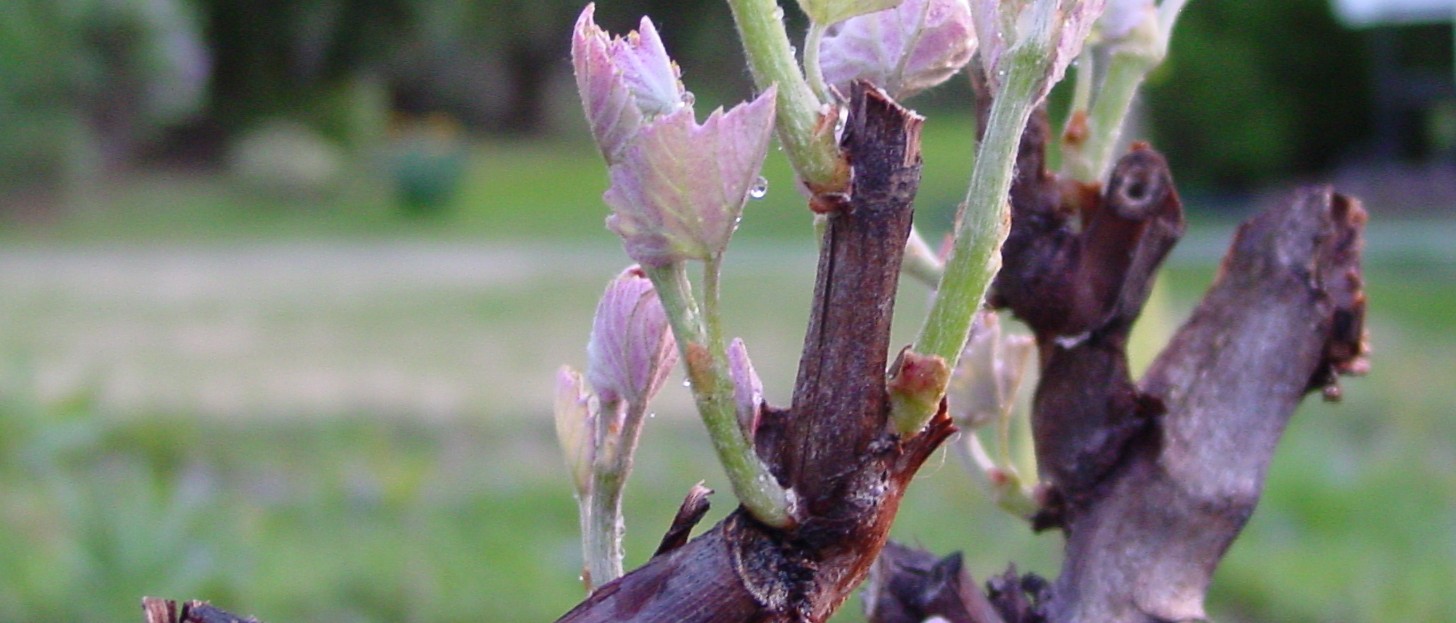The reason Catholics prayer to the saints is tied up largely in the doctrine of the Communion of Saints. This paradigm shift talks about who is considered a saint in the different traditions.
Generally speaking, the Protestant idea of a saint is anyone on Earth claiming to be a Christian. The idea of a pecking order in any hierarchy of Protestant Christianity is slightly repugnant—mostly from the taint of democratic ideals. Upon someone’s death there is a binary decision made somewhere about one’s final destination: heaven or hell.
The Catholic Church, on the other hand, believes that the Church is made up of three major parts: The Church Militant, the Church Expectant, and the Church Triumphant. The first are those Christians waging spiritual warfare here on Earth, while the last is that standing in the presence of God. The penitent Church in the middle is that temporarily residing in purgatory. In these domains there is hierarchy—something God expressly instituted in marriages, in homes, in society (government), and in the Church. John’s revelation shows that the throne of God is encircled by 24 elders. And Jesus disciples quarreled about who would sit at his right hand—a decision Jesus did not dismiss but rather disowned.
Along that note, the Divine Comedy by Dante dramatizes the hierarchy of hell (inferno), purgatory (purgatorio) and heaven (paradiso) with various levels. Saints are those who’ve attained the highest level, standing in the presence of God as part of the beatific vision. The Catholic Church acknowledges certain saints by name and declared to be in the presence of God and interceding on our behalf. Revelation talks about the prayers of the saints before the throne of God.
Analysis
The Catholic communion of saints is more fluid than the rigid Protestant counterpart. Jesus, in lecturing the Sadducees (the equivalent of Protestants in first century Judaism) about the Resurrection in Matthew 22:23-29, underscores the reality—those that are “dead” are not dead but, arguably, more living than those around us on Earth. We see glimpse of this in the Transfiguration. With that premise in mind, it is argued that the Catholic praying to the saints for intercession is no different than people on Earth asking to pray for each other for specific reasons. Because “the effectual fervent prayer of a righteous man availeth much” [James 5:16], the Church figures the prayers of those close to God will avail even more.
As a corollary to this doctrine we have a related idea of praying to Mary with which Protestants really, really struggle. The Hail Mary being the best known Catholic prayer in this regard goes like this:
Hail, Mary, full of grace, the Lord is with thee, blessed art thou among all women and blessed is the fruit of thy womb Jesus.
This first part of the prayer is straight from scripture, Luke, so no objections to quoting scripture. If we adhere to the idea that the saints are still alive, including Mary, saying this to her in prayer is not worship—it merely restates an enduring fact in this salutation. The second part of the prayer was added in the middle ages:
Holy Mary, mother of God, prayer for us sinners now and at the hour of our death.
Here the prayer asks for Mary’s intercession, addressing her as the mother of God which is also scriptural—Jesus’ human nature came from Mary. It was also understood that the mother of the King (the Queen in Israelite monarchy) had special access to the King. This is supported by the fact that Mary badgers Jesus into turning water into wine at the wedding of Cana, even though it wasn’t time for Jesus’ ministry. He honors her request and does it.
So then, the Catholic practice of praying to the saints including petitions to Mary are not ungrounded. Perhaps the Catholics are not as wrong-headed as one might believe.
Consider Hebrews 12: 1 which talks about a great cloud of witnesses.
